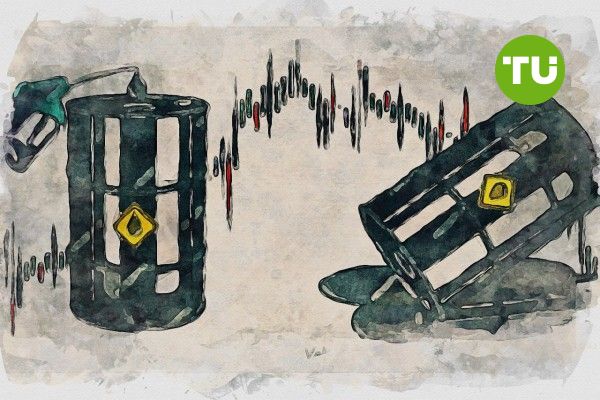Oil prices rise slightly after weeks of losses as tariff relief and China imports support sentiment
 WTI crude recovers to $62.2 after two weeks of losses
WTI crude recovers to $62.2 after two weeks of losses
West Texas Intermediate (WTI) crude oil futures edged up by 1% to $62.2 per barrel on Monday, snapping a two-week losing streak. The modest recovery was fueled by a combination of temporary tariff relief from the United States and an unexpected rebound in Chinese crude imports. However, concerns over global demand persist, with oil benchmarks still down nearly $10 since the start of April.
U.S. President Donald Trump’s decision to temporarily exempt some Chinese tech products, including smartphones and computers, from tariffs provided a short-term boost to market sentiment. However, the relief may be fleeting. Trump has signaled that additional tariffs, particularly on semiconductors, may follow, maintaining uncertainty around trade policy and global growth outlook.
Simultaneously, fresh data from China showed that crude oil imports rose nearly 5% year-on-year in March. Increased shipments of Iranian and Russian oil helped fuel the gain, easing concerns over weakening Asian demand. Still, analysts caution that the broader macro backdrop remains bearish. Goldman Sachs recently revised its 2025 and 2026 oil price forecasts lower, citing faltering demand for petrochemical feedstocks.
USOIL price dynamics (March 2025 - April 2025) Source: TradingView.
Speculators reduce exposure; Iran talks and drilling data eyed
Speculative sentiment in the oil market also turned sharply negative last week. Data from ICE showed that net long positions in Brent crude fell by over 162,000 contracts, marking the largest speculative selloff since at least 2015. This was driven by a wave of long liquidation amid the ongoing tariff standoff between the U.S. and China.
Meanwhile, U.S.-Iran negotiations over the weekend were described as “constructive,” raising hopes that progress could ease sanctions-related risks in the oil market. At the same time, U.S. drilling activity is slowing in response to falling prices. Baker Hughes reported a nine-rig drop last week—the steepest weekly decline since June 2023—bringing the oil rig count down to 480.
In recent updates, we highlighted how oil’s direction remains tethered to geopolitics and demand forecasts. The latest rebound offers a technical reprieve, but broader sentiment remains fragile unless tariff stability and OPEC output guidance improve.













































































































































